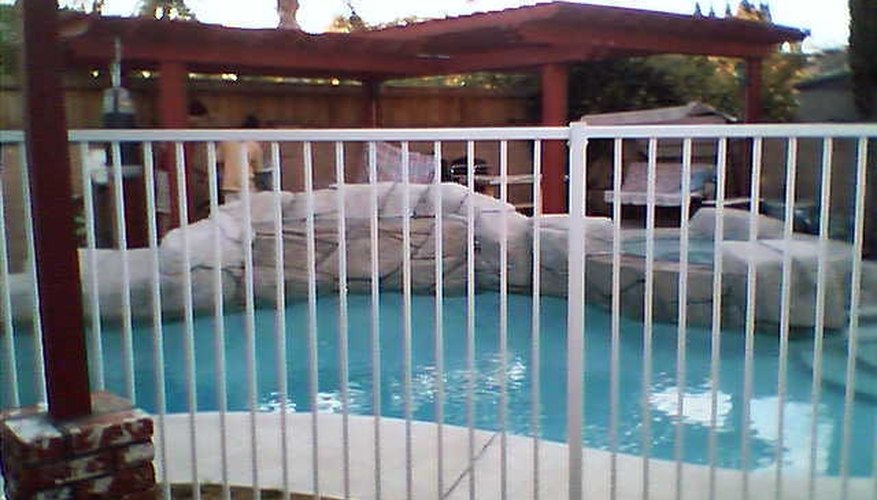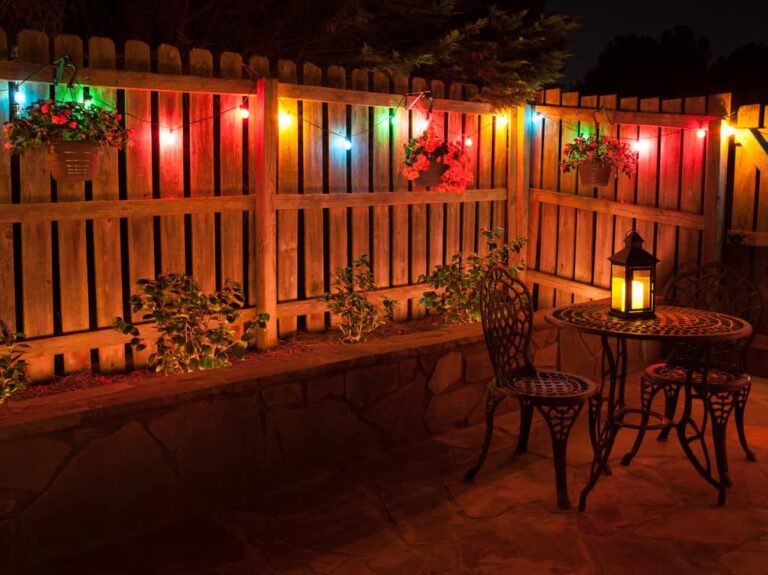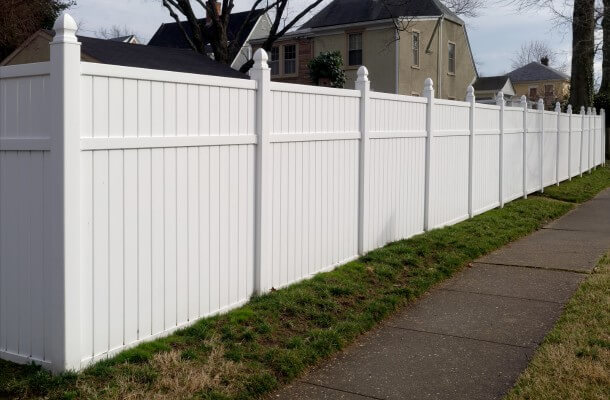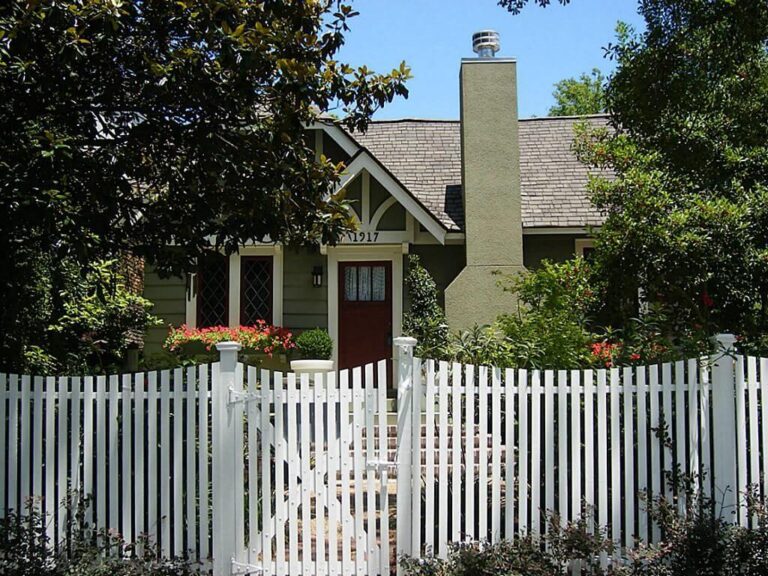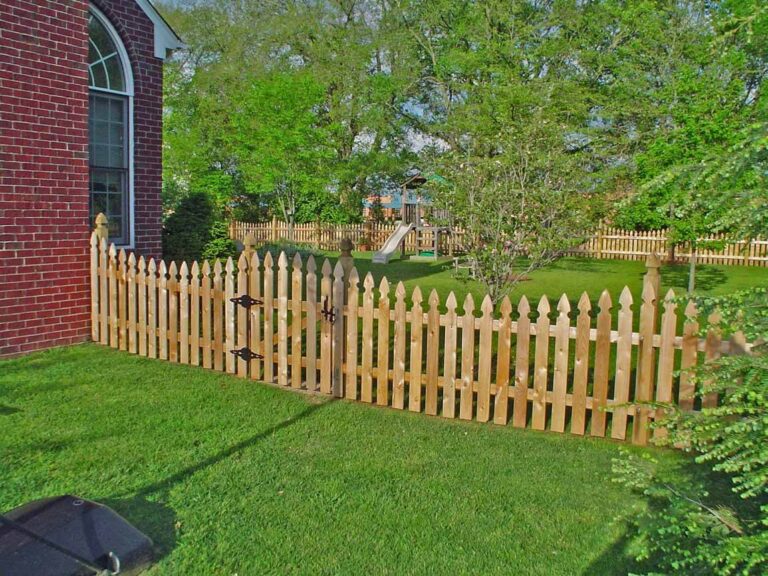When creating a water garden landscape, fencing is essential to secure the area and provide a decorative touch. Fencing in a water garden landscape offers both practical and aesthetic benefits, helping to keep out unwanted wildlife and adding a charming accent to the overall design.
It’s important to consider the style and material of the fence to complement the natural beauty of the water garden while providing the necessary protection.
By selecting the right fencing for your water garden landscape, you can enhance its overall appeal and create a safe and visually pleasing environment for relaxation and enjoyment.
In the following guide, we will explore the different fencing options available for water garden landscapes, offering insights into the best practices for incorporating fencing into your outdoor oasis.

Importance Of Fencing In Water Garden Landscapes
Fencing in water garden landscapes is crucial for maintaining safety, providing privacy, and enhancing the overall aesthetic appeal of the area.
It serves as a barrier to prevent accidents, adds a decorative touch, and creates a sense of seclusion, creating a peaceful and serene environment for both humans and wildlife.
Safety And Security For Wildlife And People
By setting up a fence around the water garden, you are creating a barrier that can prevent accidental falls or access to potentially dangerous areas for both children and pets.
In this context, consulting with experienced professionals can significantly enhance the effectiveness and aesthetic of your fencing.
Talk to Our Fencing Experts to explore a range of options that are both functional and harmoniously blend with your water garden’s landscape.
These experts specialize in designing fences that provide optimal safety while complementing the natural beauty of your outdoor space.
Protection Against Invasive Species And Pests
Aside from ensuring safety, fencing plays a crucial role in protecting the water garden from invasive species and pests.
A well-constructed fence acts as a deterrent, preventing unwanted creatures from entering and causing harm to the delicate ecosystem.
This can be particularly important in areas where invasive species are a concern, helping to maintain the balance of the water garden and reducing the risk of infestations.
Selecting The Right Fencing For Your Water Garden
When it comes to creating a tranquil and visually appealing water garden landscape, incorporating the right fencing is essential.
Not only does it serve as a protective barrier, but it also adds a touch of elegance to the overall design.
Selecting the proper fencing for your water garden involves considering various factors, including material and durability, as well as design and aesthetics that complement your landscape.
Considerations For Material And Durability
Choosing suitable fencing material is crucial to ensure longevity and resilience against the elements. Here are some considerations to keep in mind:
- Weather Resistance: Opt for materials such as stainless steel, aluminum, or vinyl that are rust and corrosion-resistant for prolonged durability.
- Maintenance: Select low-maintenance materials like vinyl or composite wood to minimize upkeep requirements.
- Durability: Prioritize sturdy materials such as wrought iron, aluminum, or fiberglass that can withstand outdoor conditions and provide lasting protection.
Design And Aesthetics To Complement Your Landscape
Aside from functionality, the fencing should seamlessly blend with your water garden landscape. Consider the following design elements:
- Style Cohesion: Ensure the fencing design complements the overall style of your water garden, whether it’s contemporary, traditional, or rustic.
- Color Palette: Coordinate the fence color with the existing elements in your landscape to create a cohesive and visually appealing look.
- Customization: Explore customizable options to tailor the fencing design to match specific features or themes within your water garden.
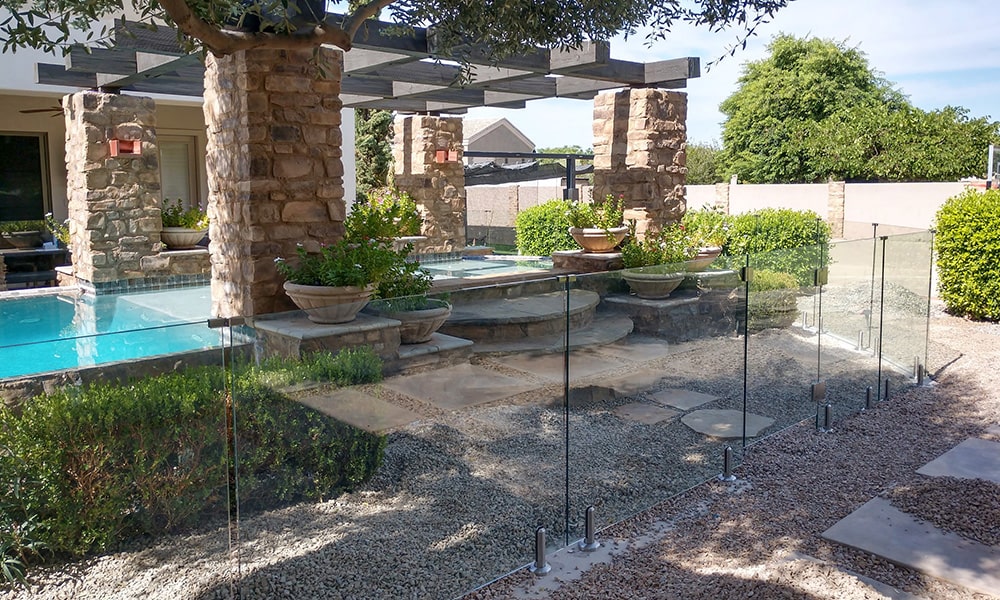
Frequently Asked Questions
What Is The Best Fence For Wet Areas?
The best fence for wet areas is vinyl or aluminum. These materials are durable and resistant to moisture, preventing rot and decay. They are also low maintenance and can withstand the challenges of wet climates.
How Do You Plan A Fence Layout?
To plan a fence layout, assess property boundaries, consider local regulations, discuss with neighbors, choose suitable materials, and hire a professional. Design for privacy, security, and aesthetics, while considering environmental impact and budget.
Should I Install A Fence Before Or After Landscaping?
It’s best to install the fence before landscaping to avoid damage to the plants. A fence can also act as a guide for the landscaping design.
Conclusion
In your water garden landscape, fencing not only adds a decorative touch but also serves a practical purpose.
By following the tips and ideas in this guide, you can ensure that your water garden is beautifully enclosed and well-protected.
With the right fencing, you can create a tranquil and secure oasis in your outdoor space.

